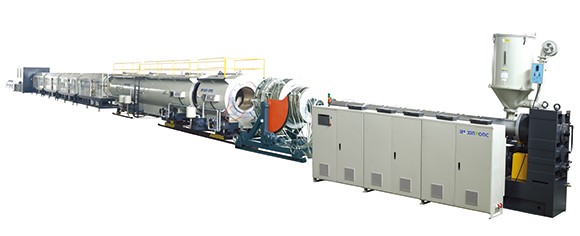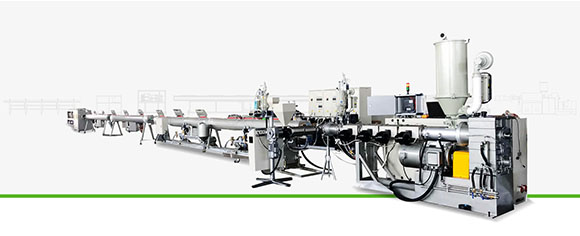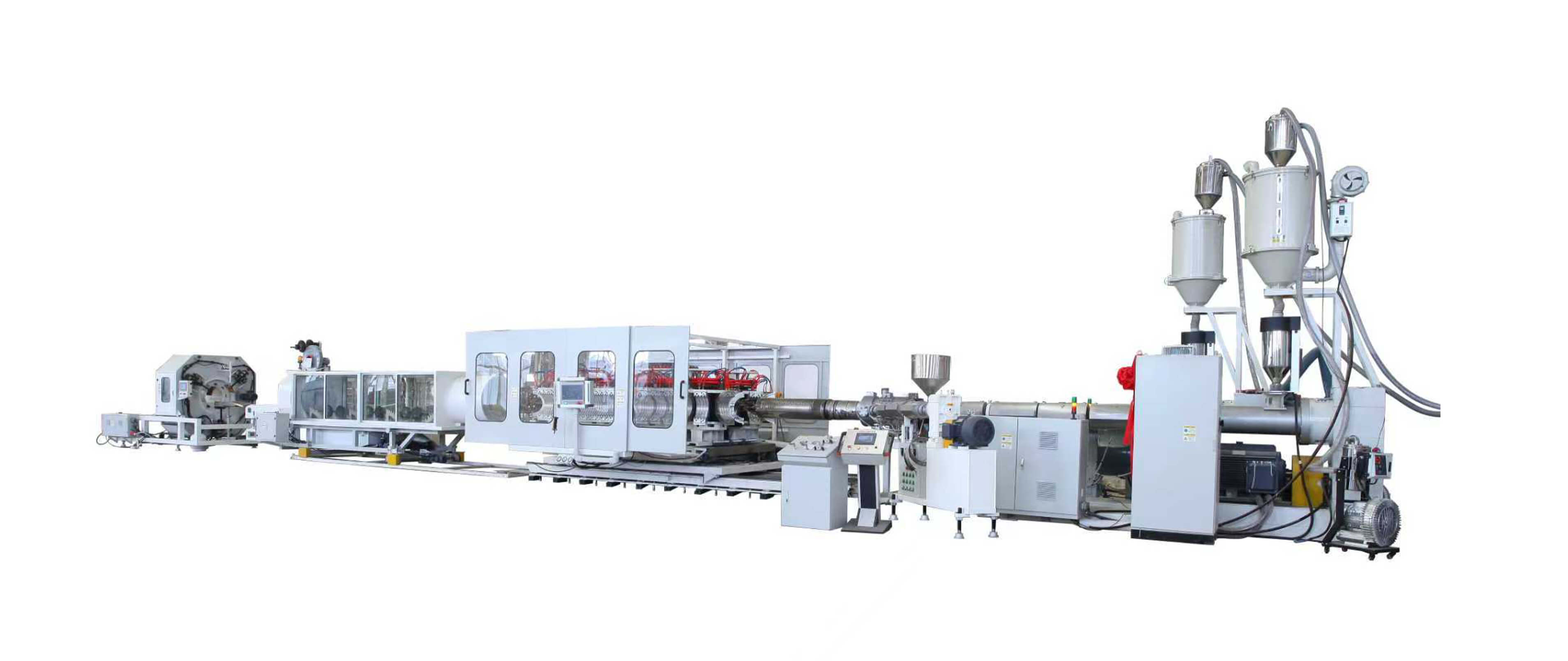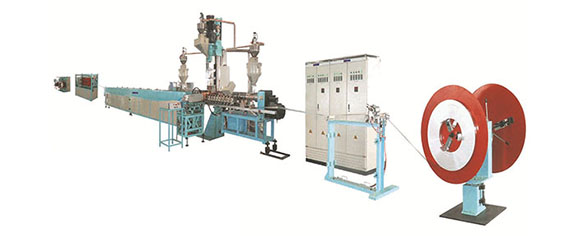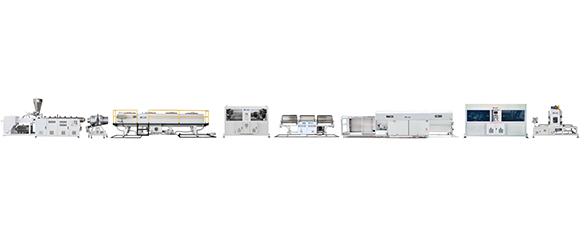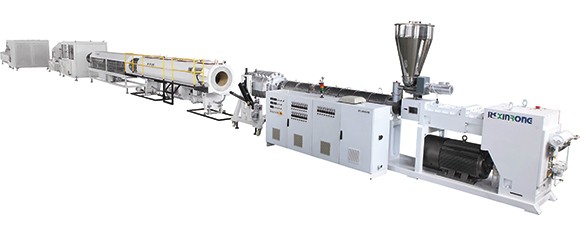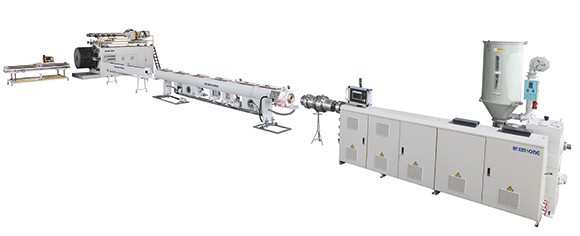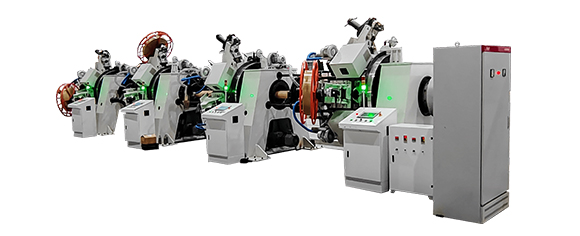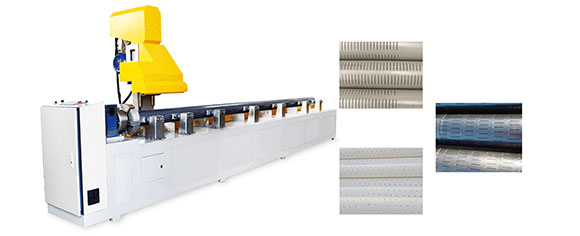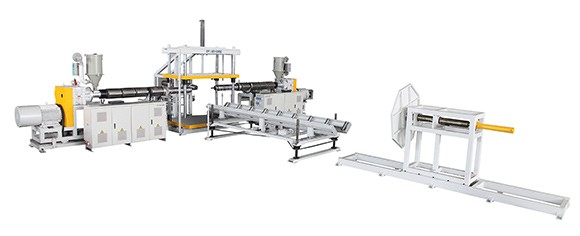News
Site Editor
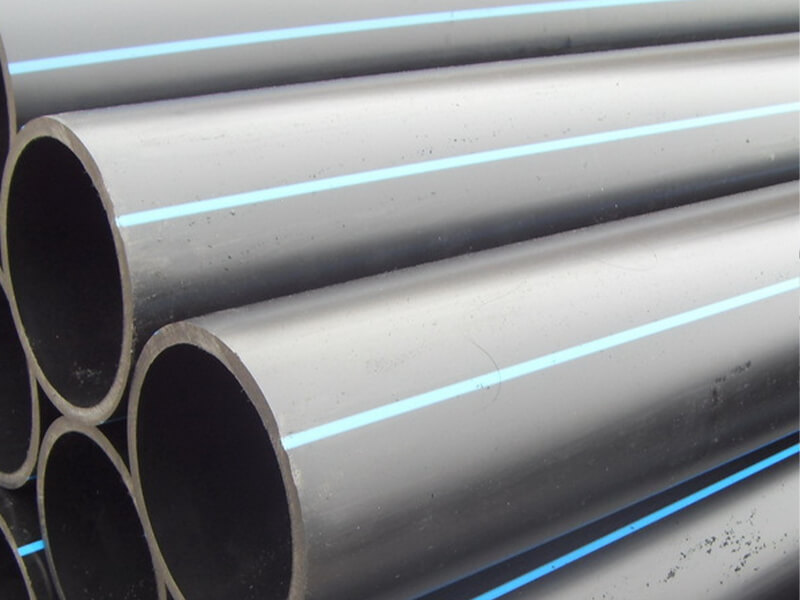 Site
/uploads/5cb96e23627a5.png
The differences between PVC pipes and PE pipes include: 1. raw materials, 2. performance, 3. toughness, 4. thermal conductivity.
Site
/uploads/5cb96e23627a5.png
The differences between PVC pipes and PE pipes include: 1. raw materials, 2. performance, 3. toughness, 4. thermal conductivity.
Introduction of the differences between PVC and PE pipes
Views: 1038
Author: Site Editor
Publish Time: 2023-06-03
Origin: Site
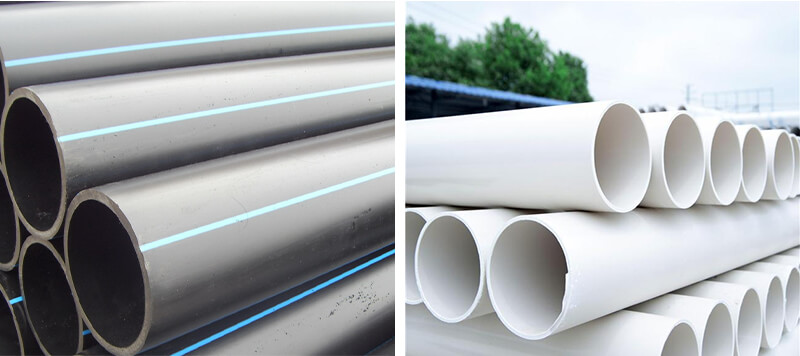
The differences between PVC pipes and PE pipes include: 1. raw materials, 2. performance, 3. toughness, 4. thermal conductivity.
Differences in raw materials
The main raw material of PVC pipes is polyethylene, which is generally divided into hard PVC pipes and soft PVC pipes. Hard PVC pipes are easy to form and have good physical properties, while soft PVC pipes have poor physical properties and limited usage range.
The main raw material of PE pipes is polyethylene, which has advantages such as low temperature resistance, corrosion resistance, and wear resistance. It is mainly used for municipal drainage, water supply pipes, and various agricultural and construction pipes, and is an important pipe material to replace steel pipes and iron pipes.
Differences in performance
PE pipes have the characteristics of low construction cost, high stability, strong flexibility, crack resistance, corrosion resistance, etc., while PVC pipes have insufficient flexibility and high mechanical strength. Although they are resistant to high temperatures, they cannot withstand impacts, so they are mainly used for wire conduits, residential drainage, fresh air systems, etc.
Differences in resilience
PE pipes have strong toughness and can be shipped in coils, which is simple and fast, but their rigidity is insufficient. Therefore, PE pipes are often used in municipal trenching and burying pipes, which can reduce the toughness of concrete pipes. However, due to the issue of unsightly pipelines caused by variability, they are rarely used for residential pipes.
Although the toughness of PVC pipes is poor, their stiffness is strong, which can ensure the straightness and aesthetics of the pipes. However, they are prone to brittleness and low expansion coefficient during transportation.
Differences in thermal conductivity
Compared to PE pipes in terms of density, PVC pipes are better than PE pipes, and their thermal conductivity is twice that of PVC pipes. Therefore, PE pipes are suitable for laying floor heating, while PVC pipes are more suitable for hot water transportation, ensuring that the temperature does not decrease due to absorption.
Our company is professional in producing various plastic pipe and composite pipe production lines. You can consult relevant content at any time and look forward to our cooperation.





